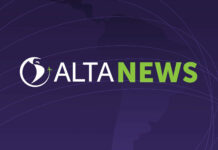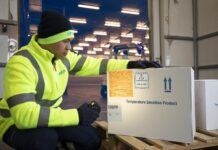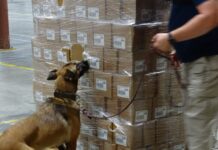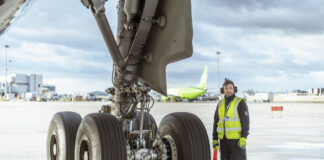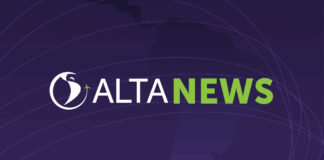The International Air Transport Association (IATA) has launched an Airport Wildlife Trafficking Assessment Tool to help defeat smugglers of endangered species.
Developed in partnership with the World Customs Organization (WCO) with support from the USAID ROUTES Partnership, it will be piloted with WCO at Maputo International Airport in November 2016. The launch was announced as governments meet at the Illegal Wildlife Trade Conference in Hanoi, Vietnam, to discuss ways to eradicate trafficking.
A global rollout is planned for 2017. The tool helps airports assess their supply-chain security, intelligence and risk management, staff awareness, and reporting processes, alongside air cargo and passenger screening policy and procedures.
IATA, with the support of USAID, has produced a video (above) to help raise awareness of the issue among frontline airline staff.
IATA’s director general and chief executive officer, Alexandre de Juniac says: “The illegal trafficking of wildlife products, including many iconic and endangered species, is an issue which the aviation industry takes very seriously.
“It will take a team effort to combat this deplorable trade. We are working in close partnership with USAID Routes, WCO, CITES and other organizations to make the world a much more difficult place for wildlife traffickers. Our common goal is to preserve our precious wildlife inheritance for future generations to enjoy.”
Earlier this year, IATA, along with 26 of its member airlines signed the Duke of Cambridge’s United for Wildlife Transport Taskforce Buckingham Palace Declaration. Signatories have committed to raise awareness of wildlife trafficking, train staff to help spot traffickers, and improve cooperation between transport bodies and regulatory and enforcement organizations.
WCO secretary general, Kunio Mikuriya says: “Actors in the air transport sector can serve as the eyes and ears of enforcement agencies and can be valuable partners in the efforts to eliminate wildlife trafficking from supply chains. The Assessment Tool will enable them to identify weak points in procedures and practices, often exploited by traffickers, as well as ways of strengthening them.”

